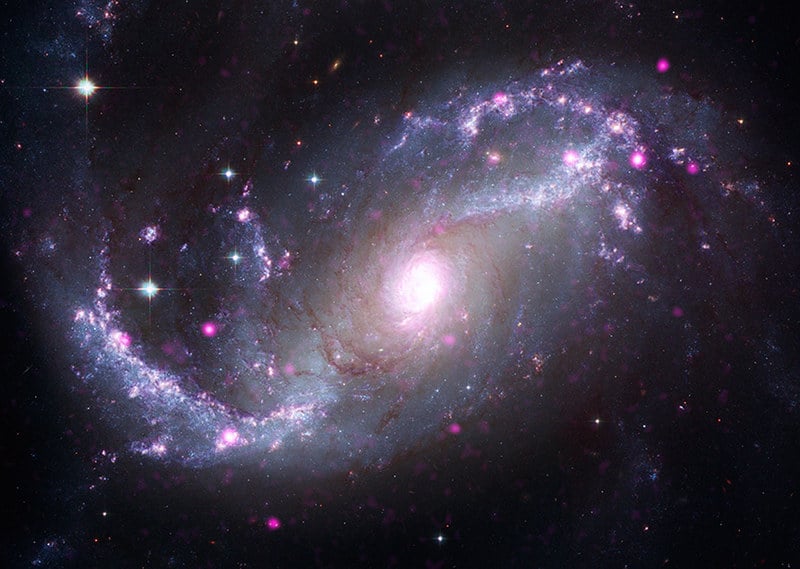
The vast universe holds many secrets, and the James Webb Space Telescope is on a mission to uncover some of them. Using this powerful telescope, astronomers have just discovered a brand-new galaxy called JWST-ER1.
This exciting find is part of the big JWST COSMOS-Web survey, and they’ve shared all the details in a recent paper released on September 14th through the arXiv preprint server.
Giant elliptical galaxies
Big round galaxies called “giant elliptical galaxies” have always fascinated space fans and scientists. These galaxies are believed to alter their form over time. At times they are quite massive and quiet, while at other times they are something quite different.
They stop making new stars early on in their lifespan. Hence, studying these galaxies can provide us with some quite important clues about how galaxies change and evolve.
The discovery of JWST-ER1
In a groundbreaking discovery, Pieter van Dokkum and his team from Yale University pinpointed JWST-ER1 using the James Webb Space Telescope’s Near Infrared Camera (NIRCam). This achievement was part of an immense undertaking known as the COSMOS-Web project, which aimed to study an astonishing one million galaxies.
What makes this newly found galaxy stand out is the presence of something truly remarkable, namely an Einstein ring. This phenomenon occurs when light bends into the shape of a ring due to the gravitational lensing effect.
Van Dokkum’s team went on to explain, “Our observations with NIRCam revealed JWST-ER1’s unique make-up: an early-type galaxy paired with a full Einstein ring. The center of this ring spans around 1.54 arcseconds.”
Location of the new galaxy
Positioned at a redshift of 1.94, this galaxy spreads out over a region about 21,500 light-years wide and carries an estimated mass that’s a whopping 650 billion times the size of our Sun.
According to these discoveries, JWST-ER1 is believed to have been around for approximately 1.9 billion years, and it forms new stars at a moderate pace of roughly four times the mass of our Sun every year.
What’s intriguing is that this galaxy isn’t just massive and tranquil; it’s also impressively compact, resembling other quiet galaxies at a similar redshift.
The Einstein ring
Now, let’s talk about the Einstein ring that comes with JWST-ER1, known as JWST-ER1r. Scientists believe it’s created by a distant galaxy at a photometric redshift of 2.98. Although we’ve seen a few Einstein rings before, only a handful are as complete as this one.
“An almost perfect Einstein Ring photographed by the James Webb Space Telescope. The ring is a galaxy 12 billion light-years from Earth. Light from this galaxy is being warped by the gravity of the massive galaxy in the foreground, causing it to look like a ring from our… pic.twitter.com/oA40KmPvxF
— Pomp 🌪 (@APompliano) July 15, 2023
One remarkable thing to note is that JWST-ER1 appears to have an almost perfect circular shape. When we look at it through the NIRCam, but we don’t see any areas where new stars are forming. We also see no other noticeable irregularities.
The research team is now looking ahead to future observations of JWST-ER1. They hope to determine if any nearby galaxies are affecting its mass and whether it plays a central role in the development of a growing galactic cluster.
See all the latest news from Greece and the world at Greekreporter.com. Contact our newsroom to report an update or send your story, photos and videos. Follow GR on Google News and subscribe here to our daily email!



